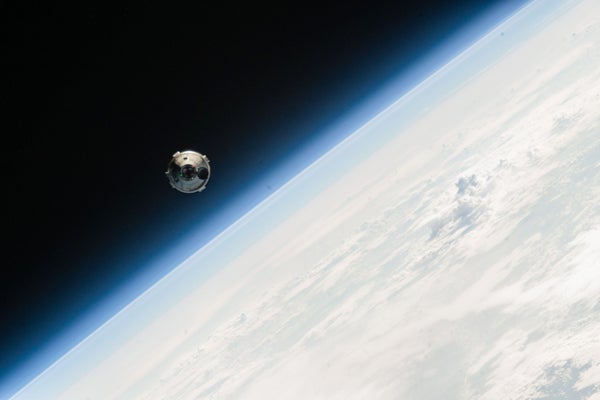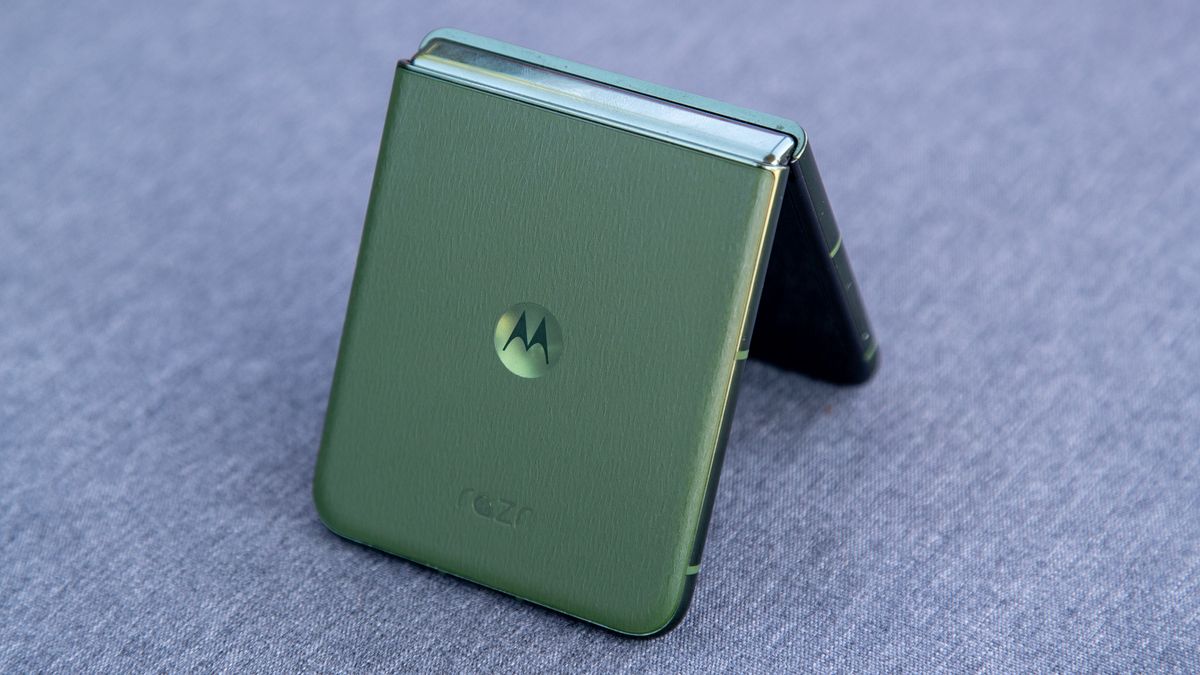How Worried Should We Be about Starliner’s Stranded Astronauts?
On its first crewed flight, troubling technical glitches with Boeing’s Starliner spacecraft have left two astronauts in limbo onboard the International Space Station
Boeing’s Starliner spacecraft, with NASA astronauts Butch Wilmore and Suni Williams aboard, approaches the International Space Station for docking high above the Pacific Ocean on June 6, 2024. Hardware problems with Starliner have indefinitely delayed the astronauts’ return to Earth.
What began as a short test flight to the International Space Station (ISS) for two NASA astronauts onboard Boeing’s glitch-plagued Starliner spacecraft is instead proving to be a longer slog.
After two unrequited trips to the launchpad that ended in scrubs because of technical difficulties—including a helium leak in the spacecraft’s propulsion system—astronauts Butch Wilmore and Suni Williams finally launched onboard Starliner on June 5 for what was supposed to be an eight-day mission to the ISS. They successfully docked their spacecraft, nicknamed Calypso, with the ISS the following day, joining a crew of seven astronauts already onboard. But now, per an announcement from NASA late on June 21, the pair won’t be back on Earth until sometime in July at the earliest. Their return has been put on hold to allow engineers more time to troubleshoot two vexing hardware problems that emerged on the spacecraft after launch.
For now, the astronauts remain safe despite being temporarily marooned on the orbital outpost. Calypso’s technical issues “seem fairly minor,” says Leroy Chiao, a former NASA astronaut who spent more than half a year at the ISS in 2004–2005. “Butch and Suni can stay onboard ISS almost indefinitely if needed, so they are in no danger.”
On supporting science journalism
If you’re enjoying this article, consider supporting our award-winning journalism by subscribing. By purchasing a subscription you are helping to ensure the future of impactful stories about the discoveries and ideas shaping our world today.
In addition to the previously known helium leak, during Calypso’s flight to the ISS mission, controllers found that the spacecraft’s propulsion system had sprung four more. The inert gas is used to push propellant to the spacecraft’s reaction control system (RCS) thrusters, which are crucial for small, fine-tuned maneuvers. Losing enough helium could render them useless. Subsequent tests have revealed the leaks to be small, however, and Starliner carries enough helium to make this a minimal concern. The spacecraft also has stronger engines with plenty of thrust for major maneuvers—such as deorbiting back to Earth.
“We could handle … a leak that’s 100 times worse than this,” said Steve Stich, manager of NASA’s Commercial Crew Program, during a May 31 press briefing shortly after the prelaunch helium leak was discovered.
Separately, as Calypso approached the ISS, five of its 28 RCS thrusters failed. The reasons are unclear but are thought to be unrelated to the helium leaks. Follow-up diagnostics cleared four of the five failed thrusters, returning them to normal operation, Stich said during a June 18 press briefing. They are expected to be available for the spacecraft’s eventual ISS departure, in which they will be used both to push Starliner away from the station and to correctly orient the spacecraft for a smooth atmospheric reentry. And even if all five were to fail again, other RCS thrusters could take over to accommodate the loss.
“We are taking our time and following our standard mission management team process,” Stich said in NASA’s announcement of the latest delay. “We are letting the data drive our decision-making relative to managing the small helium system leaks and thruster performance we observed during rendezvous and docking.” One key underlying reason for the delayed ISS departure, he noted in the June 18 press briefing, is that “we don’t get the hardware back.” While Starliner’s crew module will return to Earth intact, its service module (containing the RCS thrusters and leaky helium system) will be jettisoned to incinerate in the upper atmosphere, curtailing any further direct investigations of malfunctioning components.
In the meantime, NASA officials maintain that Starliner “remains cleared for return [to Earth] in case of an emergency on the space station” and that the well-provisioned ISS can easily accommodate an extended stay by Wilmore and Williams. Even so, the clock is still ticking: Starliner is designed for six-month ISS stays, but Calypso is not equipped for that duration on this first crewed flight. The spacecraft is only formally certified to dock at the station for 45 days, Chiao notes, “so unless it is recertified, it could only stay at ISS for a couple more weeks.” The spacecraft would exceed this limit on the afternoon of July 20 if it were still docked to the ISS by that time. According to reporting by Reuters, however, various backup systems could be enlisted to extend Calypso’s stay up to 72 days.
In spaceflight forums and on social media platforms, many have speculated that if Starliner proves unable to return to Earth, a rescue mission could be mounted via Crew Dragon, a spacecraft built and operated by Boeing’s aerospace rival SpaceX. Such a scenario currently seems far-fetched and hasn’t prompted any official public acknowledgements, but it would certainly be ironic: In 2014 NASA selected both companies to build spacecraft for transporting crews to orbit, providing Boeing with $4.2 billion for Starliner—far more than the $2.6 billion allotted for the development of Dragon, with the discrepancy at least partially linked to Boeing’s arguments that SpaceX was less reliable.
Since then Starliner has been delayed by multiple missteps that have so far cost Boeing some $1.5 billion, as the company’s aviation division has struggled with scandal and spiraling crisis over disastrous flaws with one of its latest commercial jets, the 737 Max. SpaceX, for its part, launched its first astronauts onboard Crew Dragon more than four years ago and has since flown a dozen additional crewed missions for NASA and other clients.













/https://tf-cmsv2-smithsonianmag-media.s3.amazonaws.com/filer_public/34/31/3431771d-41e2-4f97-aed2-c5f1df5295da/gettyimages-1441066266_web.jpg)

![Ep266: [Lean Series] How to Plan a Responsible Fat Loss Phase Ep266: [Lean Series] How to Plan a Responsible Fat Loss Phase](https://carrotsncake.com/wp-content/uploads/2024/06/Carrots-N-Cake-VIP-Nutrition-Coaching-768x1040.jpeg)
.jpg)



Discussion about this post